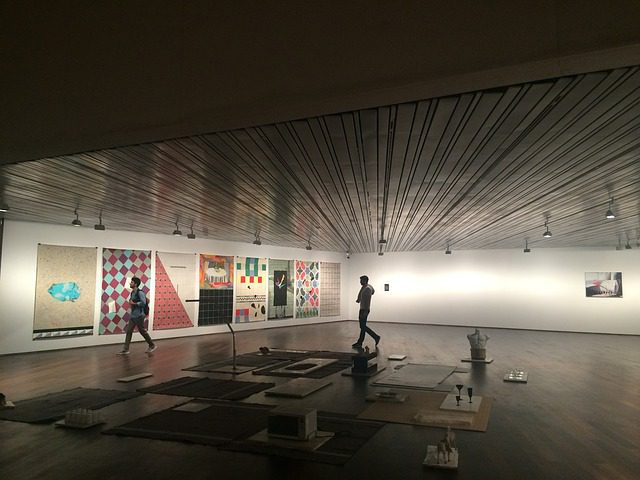Communicating Culture in the Digital Age

Culture Minister Dario Franceschini has recently strongly advocated that ‘Italy needs to capitalize on its cultural and artistic resources, if necessary also cooperating with those private citizens who want to “adopt” a museum, a theatre, or provide the funds necessary for a restoration’.
Yet, it is still difficult to consider culture as one of the key driving forces of the Italian economic system, so much so that the cliché propagating the thesis that “culture does not feed you” is still well rooted.
On the contrary, we should put our cultural and artistic heritage at the forefront of the country’s economy, protecting it while, at the same time, investing in promotion to attract more and more tourists.
In the present decade, cultural organizations and institutions cannot do without a web marketing and digital communications strategy: we use the word “strategy” and not simply “presence”, because an online presence is not a value in itself.
Digital communication and cultural organizations
Just like industries and companies, institutions and cultural organizations must have a well laid out marketing and communication plan, possibly one that integrates both off and online aspects.
Defining strengths and weaknesses through a precise SWOT analysis, identifying medium- and long-term objectives, engaging the target with made to measure initiatives and events and choosing the right tone of voice to use are the steps essential for a successful marketing strategy.
Museums, theaters, and foundations can often count on quality projects, works of great value, trained and flexible professionals. These strengths, however, are not always backed up by effective digital marketing work: little knowledge of web marketing tools, of the nature and language of social media, non-user-friendly sites, or, even worse, window dressing sites…
Therefore, if, on the one hand, the potential is considerable, on the other, there is still much work to do. A demonstration is the #svegliamuseo project, created in 2013 by the will of a group of culture and communication professionals to motivate Italian museums to make the most of the digital communication tools, network and start a conversation with their audiences, in spite of all the difficulties (also linked to the ubiquitous Italian bureaucracy).
The team behind the #svegliamuseo project has acted both by getting the foreign museums most skilled in the digital world in touch with their Italian counterparts, so that the latter could understand the dynamics of web communication, and by asking the Italian museums that do have an online presence to share their experiences with those museums and other institutions that still do not.
It is therefore necessary to provide culture professionals with the tools and knowledge suitable to enable them to give life to an effective web marketing strategy in line with the set objectives.
TuoMuseo: gamification in Italian museums
One very interesting project is TuoMuseo; a collaboration between various players in the Italian marketing and communication field, including Fabio Viola, one of the world’s leading experts in gamification.
The basic idea is to make museum visits more appealing and engaging through a platform with many features, from the ability to schedule a visit to the interaction with gamification, from analytics to the digital marketplace.
TuoMuseo has the ambition to renew and give vitality to the museum visit experience, too often experienced too passively by users.
The project has captured the attention of many excellent partners, including the Fondazione Cariplo, Hyperborea and TIM’s With you Wedo.
In conclusion…
In the era of web 2.0 and marketing 3.0, cultural organizations, museums, theatres and foundations cannot be without a strong online presence through which to credibly and authoritatively present themselves.
Communicating culture, in a country in which culture is a strategic sector, is highly necessary to help jump-start an important part of the economy.
Ivano Steri
Web Writer | Copywriter | Blogger




